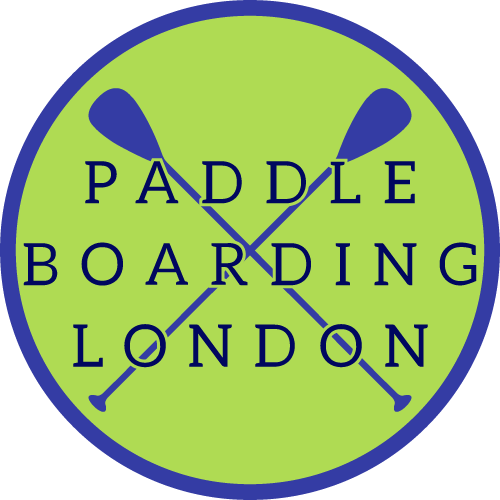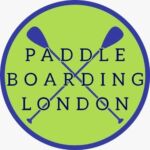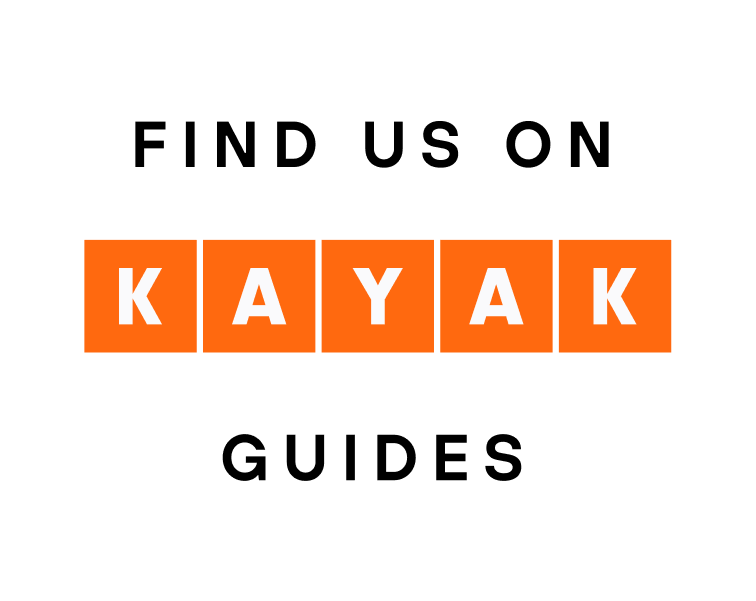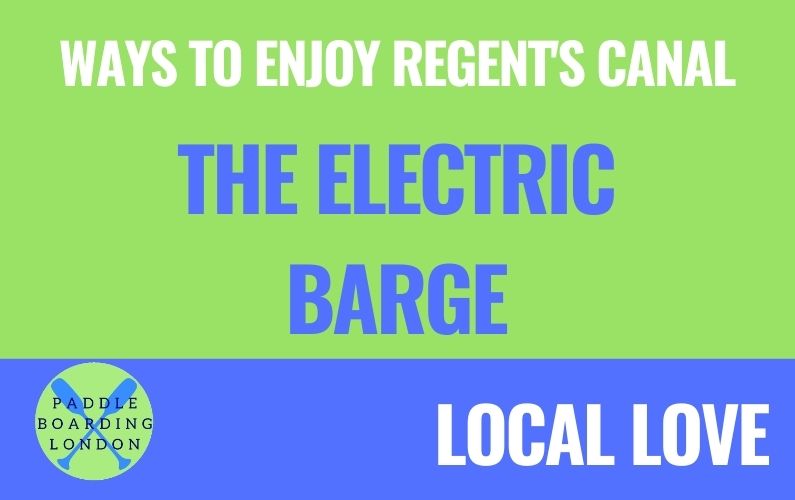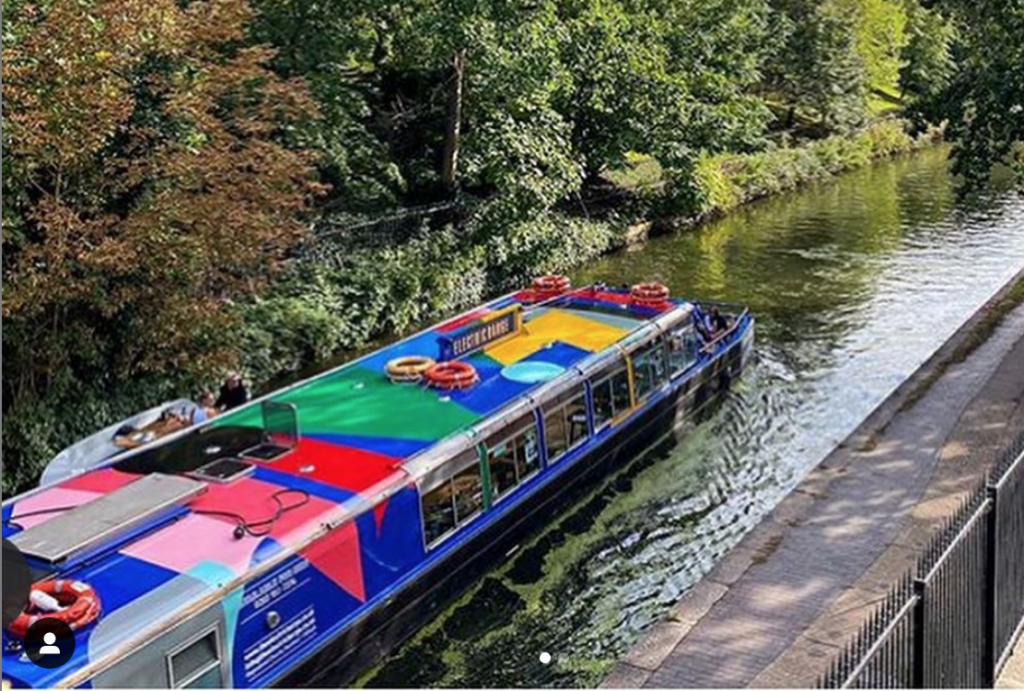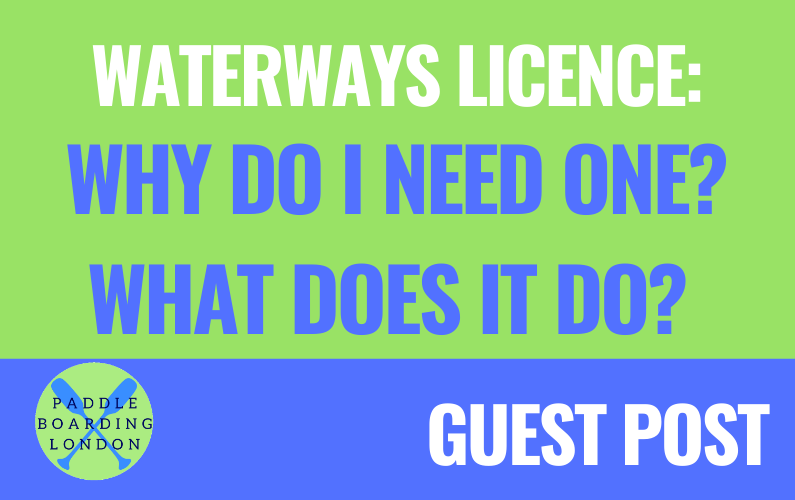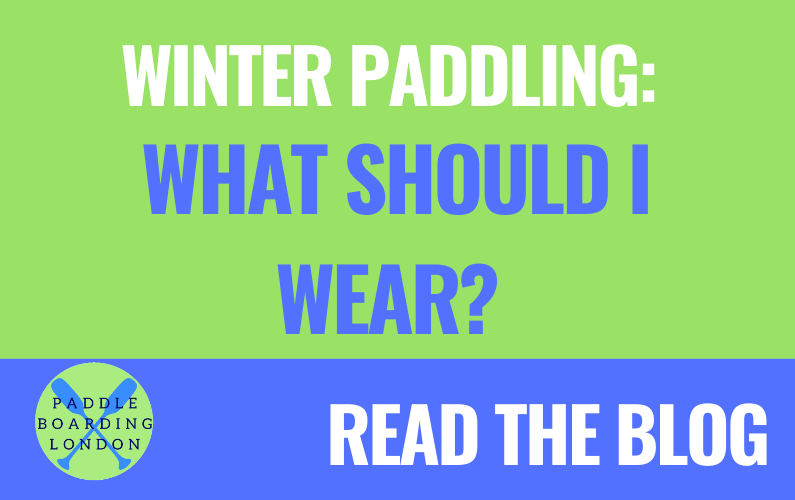
Paddle for Peace – Stand Up for Ukraine
Paddle for Peace
#StandupwithUkraine and let’s show our support for Ukraine

#PaddleforPeace
Watching the events of the past ten days on the news and social media it’s easy to feel helpless and wonder how we can make a difference. We wanted to find a way to show solidarity, raise awareness and raise money/donations for vital food and supplies for those fleeing the war so earlier in the week we came up with the idea of a Paddle for Peace. In the few days since we posted the information about our paddle and fundraising raffle, we’ve already seen an outpouring of support and raised nearly £400.
We’ve also been pleased to see that other SUP Clubs have had the same idea and are organising their own Paddle for Peace events (some of which are listed below – if you know of others please let us know and we’ll keep adding to the list). We’ve also asked everyone to wear blue and yellow for the paddle so we can fill Regent’s Canal with the colours of Ukraine and show that we #standupwithUkraine
Our paddle is in support of With Ukraine, a fund set up by the Ukraine Embassy in the UK, but there are many other charities that are set up to receive funds – we’ve listed some below but it’s by no means an exhaustive list.
Like others, we want to reach as many people as possible so we’re challenging other SUP clubs, schools and social groups to organise your own #PaddleforPeace. If you can’t get to one of the organised events, why not get a group of friends together and go out on your own. You can join in by 1) donating and 2) sharing your pics on social media using #PaddleforPeace and #StandupwithUkraine
Please share, we’d love to see your photos and even more we’d love to show the people of Ukraine that we are standing up in solidarity.
Paddle for Peace Events:
Paddle for Peace London – Saturday 12 March, 10am, Regent’s Canal
Paddle for Peace Teddington – Saturday 12 March, 10am, Tamesis Club, Teddington
Paddle for Peace SUP North (Southport) – Sunday 7 March, 3pm, Fairway, Southport
Paddle for Peace Dublin – Sunday 13 March, 10am, Dun Laoghaire Pier West
Paddle For Peace Wirral – Sunday 20 March, 10am, Sandy Lane Aqua Park
Paddleboarding Adventures – Saturday 12 March 11am, The Black Shed Cafe, Shepherds Patch, Slimbridge
SUP Social Lakes District – Saturday 12 March, Coniston, Lake District
Paddle for Peace Tonbridge – Sunday 27 March 2pm, Tonbridge
Paddle for Peace SUP Shropshire – Saturday 12 March 11am, Bridgnorth
Where to Donate:
This is by no means an exhaustive list but some of the places you can donate include:
Save The Children’s Ukraine Appeal
Connect With Us
Share This
[addthis tool="addthis_inline_share_toolbox_3m16"]
